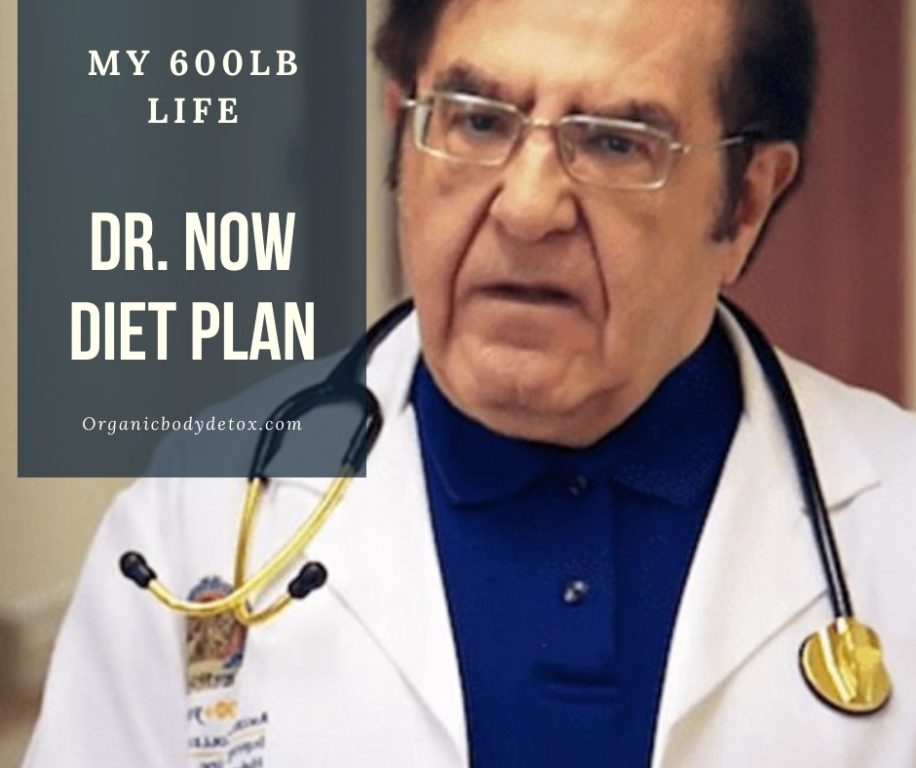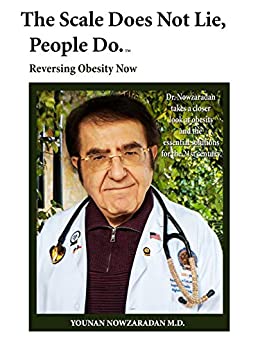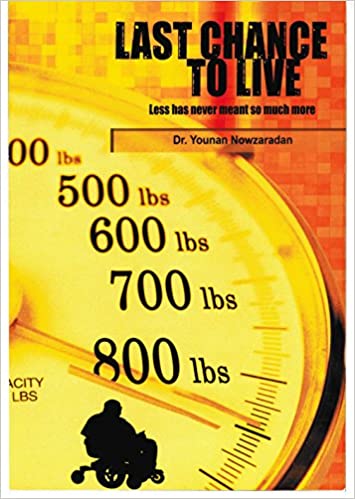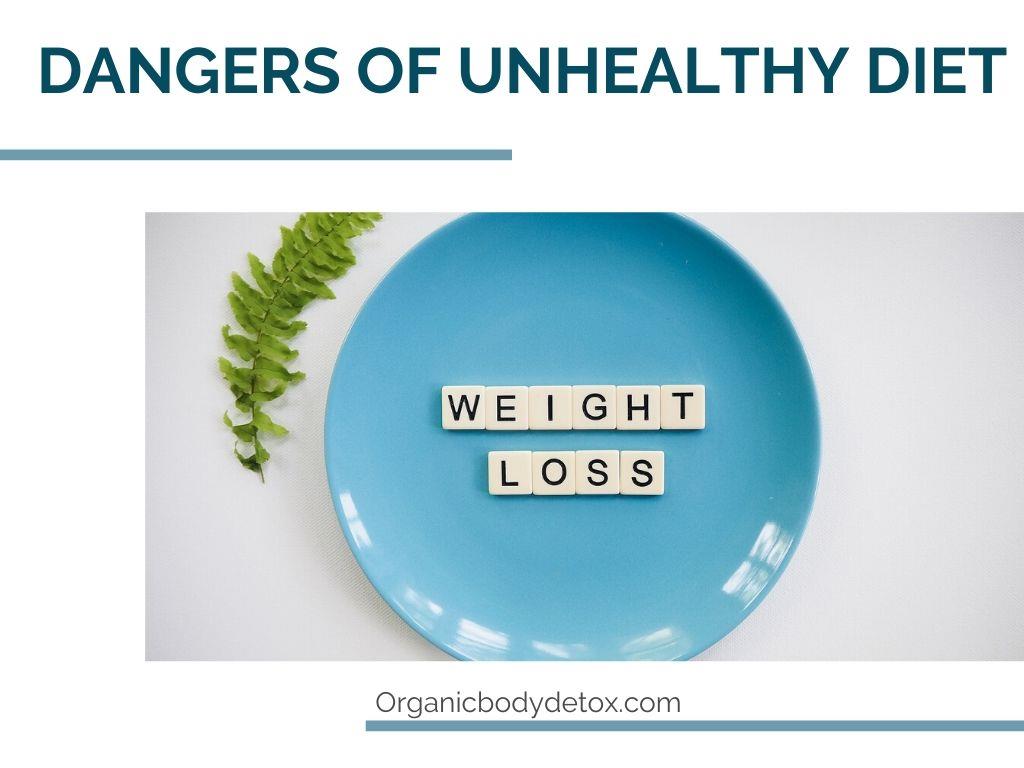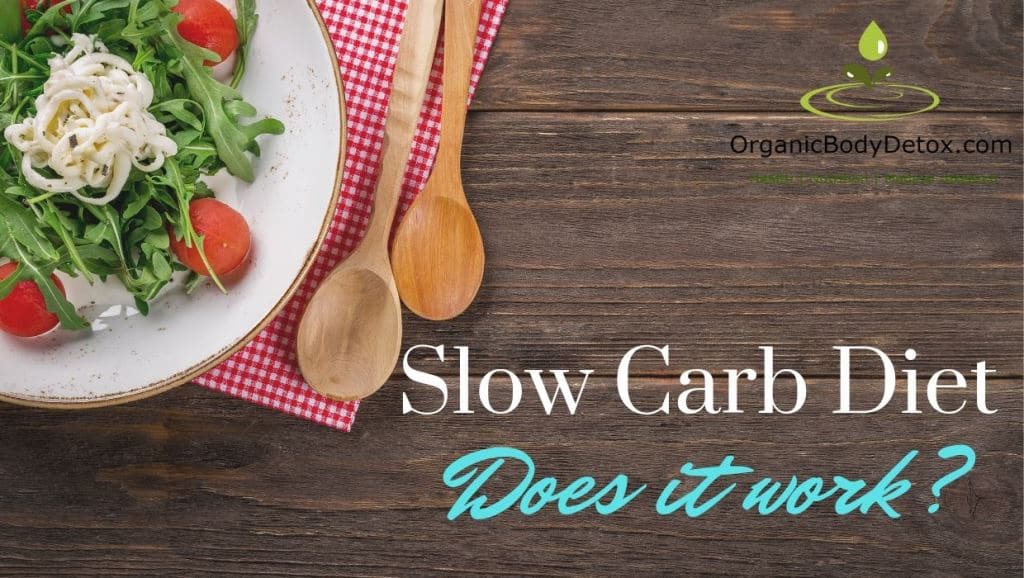The Keto Diet and Soy Products: Is Soy Sauce Safe for Keto?
The keto diet has exploded into being one of the most followed diet trends of the past few years. The famous low carb, high fat diet is known to melt fat off when ketosis is reached. There are many well keto foods that are known to work perfectly with the diet, such as seafood, broccoli and cauliflower, cheese, avocados, meats, some nuts, and more. But many people wonder about other products that might instead tiptoe a fine line for the title of “keto-friendly.” A common question for many people who are on keto is “are soy products keto-friendly” and more specifically, “is soy sauce keto-friendly?” Since this question needs to be asked so frequently, you can probably guess that soy products and keto aren’t a match made in heaven, and we’ll go into why and how much you can get away with.

Qualms with the keto diet:
The keto diet is ragingly popular right now, and for good reason. It really works, people really lose weight fast, and it’s very viable for people without greatly changing the foods that they eat. Instead, many people end up cutting a lot out of their diet, but it isn’t as if a slew of new foods or methods are introduced, just don’t step outside the keto regulations, otherwise you’re somewhat free to make keto how you want it to be.
But there are some rebuttals to those people who sing the praises of the keto diet. First, the keto diet doesn’t have a lot of long-term research on it, since it’s a new diet that really only rose to prominence within the last decade. It has been confirmed that the keto diet can help those who have problems with epilepsy, but that study also uncovered that those study participants encountered a slew of side effects such as constipation, but none of the side effects were worse than the impacts of epilepsy, and thus it was deemed that keto might be worth it for those who have epilepsy.
In addition to a lack of research, it can be difficult to follow the keto diet without making yourself prone to nutritional deficiencies and also it usually entails your saturated fat intake skyrocketing. These saturated fats can be bad for your heart and can increase your risk for heart disease and stroke. If you can manage to keep saturated fats low and stay on keto, then you’re doing well. And the diet itself is just considered a bit of an extreme diet in that it can get you extremely quick results, but there’s likely a side effect of a nutritional deficiency or eating too much fat.
It’s certainly true that many of the low-fat processed foods that were advertised as being diet foods starting before keto was really in the headlines are very bad for you due to high sugar contents. However, this doesn’t also mean that you should swing entirely the other way and eat anything as long as it’s low carb and not processed.
Ideally, you’re still crafting your daily diet around the nutrients that you need for your body and mind to function their best, and the fact is that keto probably isn’t the answer for people who are looking for weight loss without sacrificing nutrition. That being said, in terms of rapid weight loss, it seems to be one of the more attractive options out there.
Are soy products good for the keto diet?
Many of your favorite soy products probably are not good for the keto diet. This might come as a surprise, since the soy alternatives to many foods are often seen as “healthier,” but the keto diet comes with stringent regulations and soy simply doesn’t pass many of these regulations. For example, many soy products contain a lot of phytoestrogens, which can interfere with the ketosis process. Soy products such as soymilk and tofu don’t make the cut simply because they’re high in carb count, which is square one for keto.

Also, many soy-based foods are made in a very processed manner, and the keto diet urges its followers to not eat processed foods. So, if something is made with soybeans and you’re wondering whether it’s keto-friendly, the best guess without further research would be “no,” but there are some soy products that are better than others, and a select few might even be able to make the coveted “keto-friendly” list.
What is soy sauce made of?
Soy sauce is made with fermented soybeans and what. Its origins trace back to China as long as 3,000 years ago, although its name comes from a Japanese term for soy sauce. Additional key ingredients in soy sauce include salt and yeast. Outside of these key ingredients, soy sauce can vary based on who is manufacturing it and where it’s manufactured. The fermenting time for a traditional batch of soy sauce to be ready is usually anywhere from five to eight months.
However, these traditional soy sauces are generally much more expensive, due to their time requirements. For that reason, much of the soy sauce that you consume is probably chemically produced. To chemically produce soy sauce, they use a method called acid hydrolysis. The time it takes to make a batch of soy sauce using the chemical process is only a couple of days. As you would expect, the chemical process comes with a few unhealthy downsides, including carcinogens.
To be sure that you’re buying the traditional soy sauce, look for any soy sauce labeled “naturally brewed.” Those who are made chemically will be listed as “hydrolyzed.” The differentiation in these methods of production won’t have a large impact on whether or not the soy sauce you eat is keto-friendly, but the traditionally produced sauce will be healthier in terms of what the long-term consequences might be for consuming its chemical counterpart. As with many foods today, with soy sauce you must weigh how worth it is to you to eat healthy. There is no doubt that it’s harder to eat healthy on a budget, but it can be possible if you do your research.
Is soy sauce good for the keto diet?
Soy sauce is actually one of the better keto diet soy-based foods. One tablespoon of soy sauce only gives you 1g of carbs, which for a soy product stacks up pretty well. Also, since soy sauce has a lot of sodium and electrolytes, this is actually positive for keto dieters since these can be difficult to intake while maintaining a low carb restriction. However, soy sauce isn’t low enough in carbs to just use it willy nilly, so make sure that you’re still keeping close track of how much you’re using to meet your daily goals.

Other soy products that are surprisingly not bad for the keto diet are edamame, which works as a great snack, and silken tofu. The fact that these few soy items aren’t bad for the keto diet, while others are utterly impossible to eat while on keto, creates the confusion for many keto dieters who assume that all soy products can be lumped into the same category.
There are many foods out there that don’t fit in the keto diet. If you examine most of the foods that the average American eats and ask “is it keto-friendly,” the answer will be no more likely than not. And when you have foods that are made from something that is high carb, such as soybeans, it can be easy to write off that entire group of foods as being not an option for the keto plan. But the reality is that even within these subgroups, soy products for example, there are some that might work with keto and others that certainly won’t.
Final thoughts: Is soy sauce keto friendly?
Today, we found out that soy sauce is one of the few soy products that is in fact okay for those on the keto diet (with some caution). And this is also why many of the most successful keto followers have been on the keto plan for a long time, because it is a nuanced diet that gets easier to follow as you develop an internal database of what you can and can’t eat, rather than going to Google or an app each time you sit down to eat.
So, if you’re thinking about getting into keto or you’re on keto currently, you should first make sure that you’re doing plenty of research so that you can keep close account of what you’re putting in your body to make sure that you’re getting the best results and not neglecting anything for the sake of weight loss. And if you’re preparing an Asian seafood dish for your keto plan, feel free to add a little bit of soy sauce and enjoy it.

